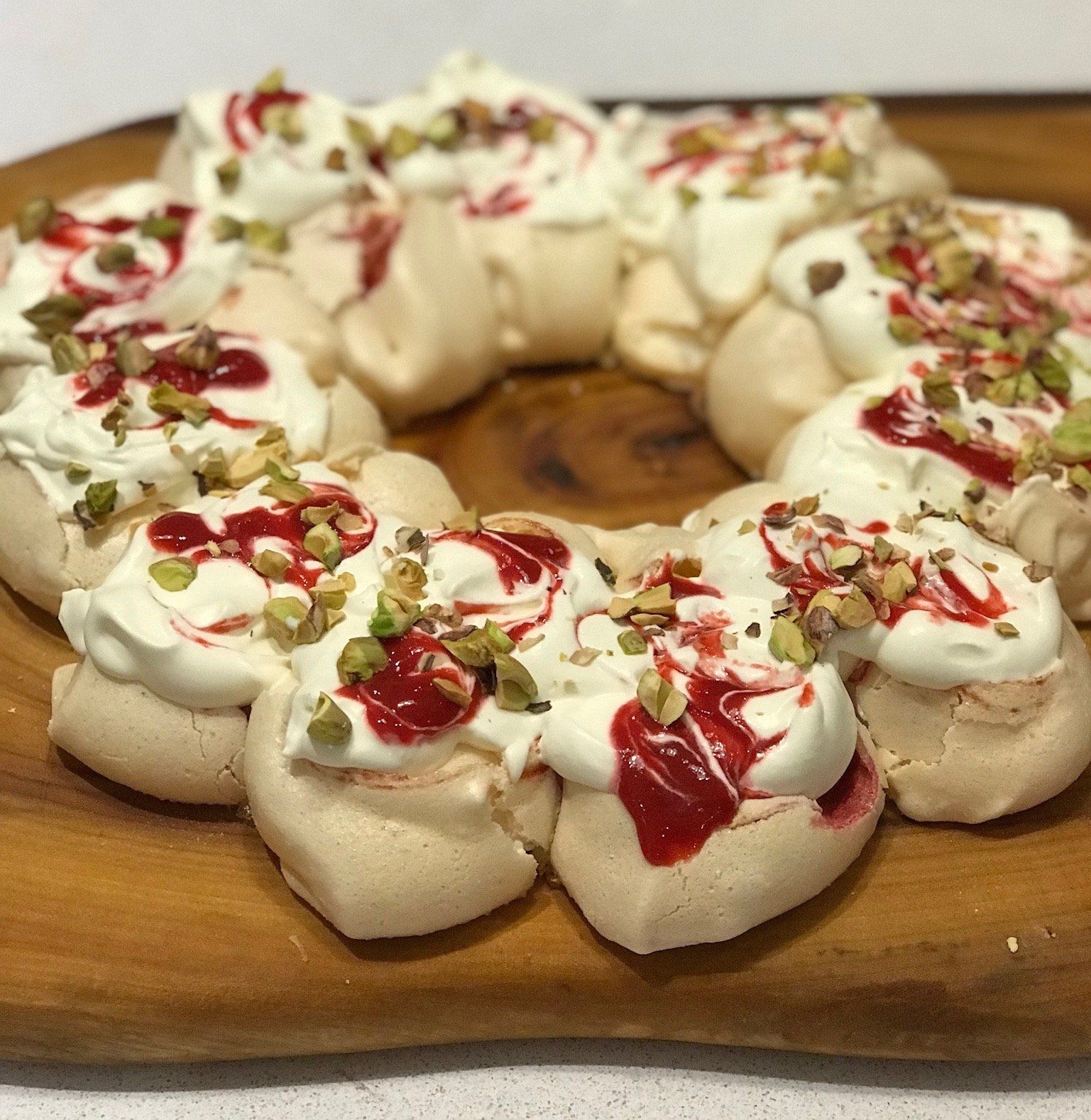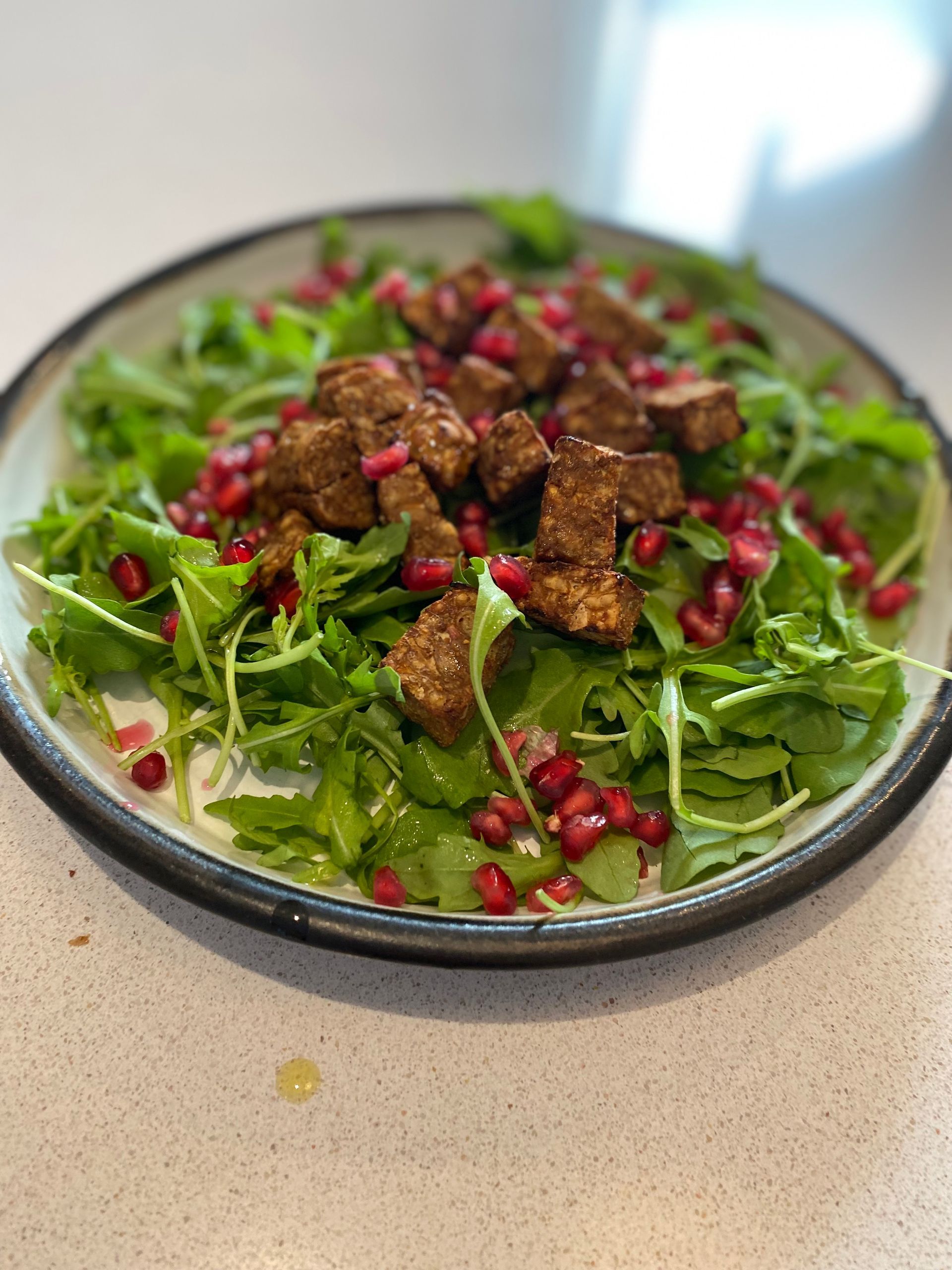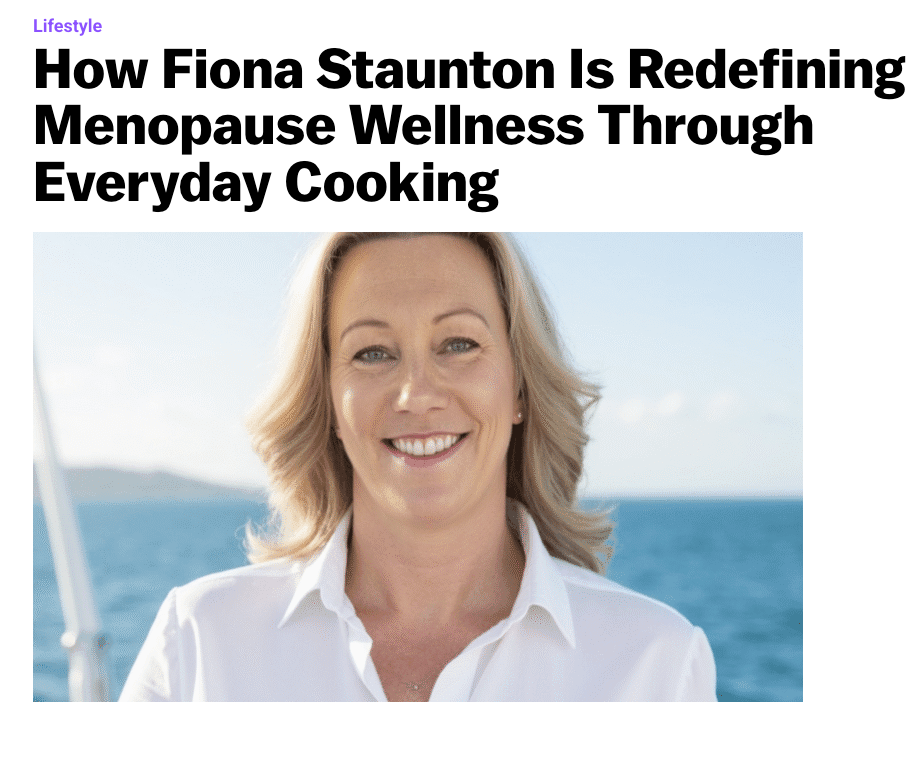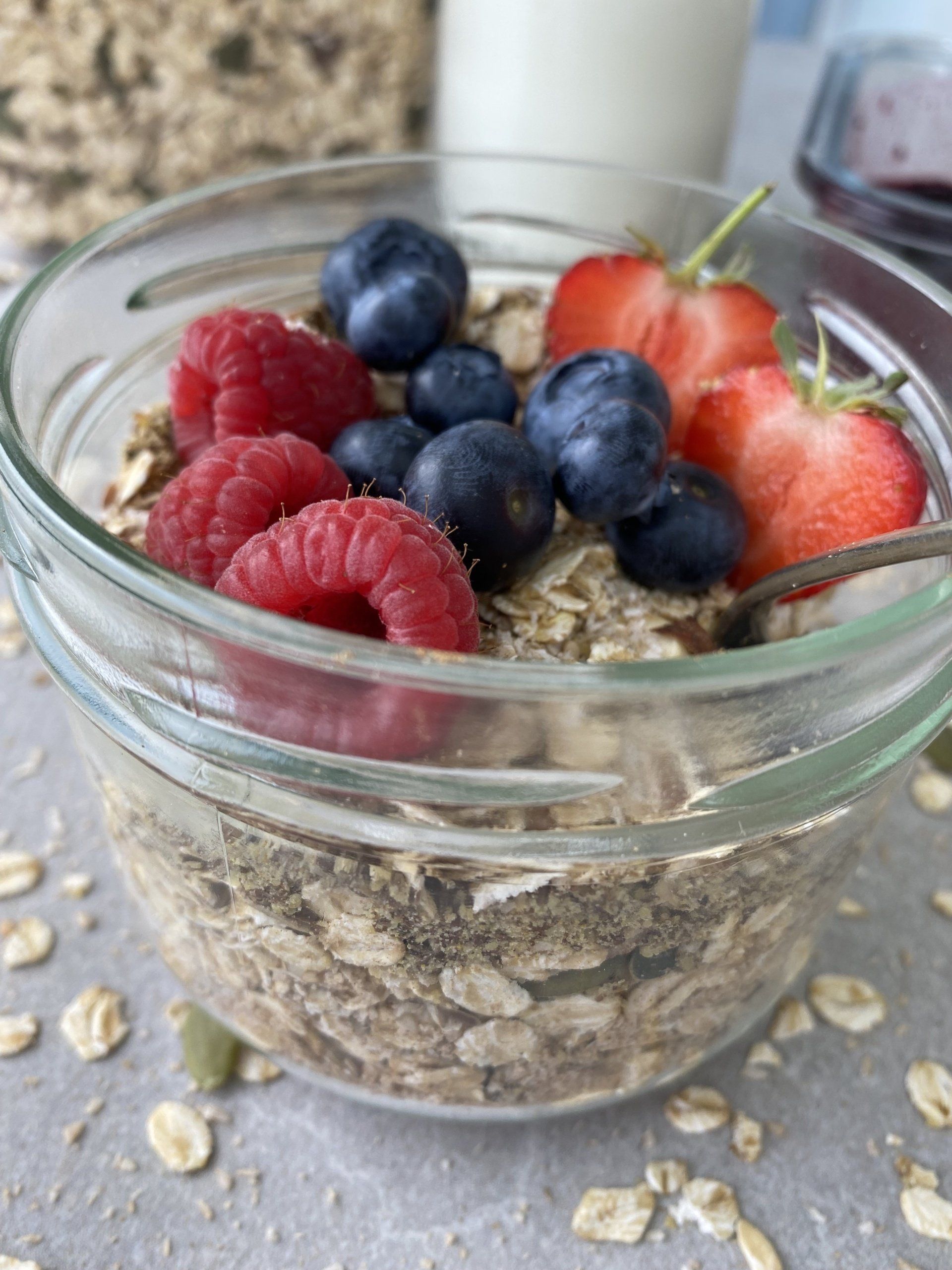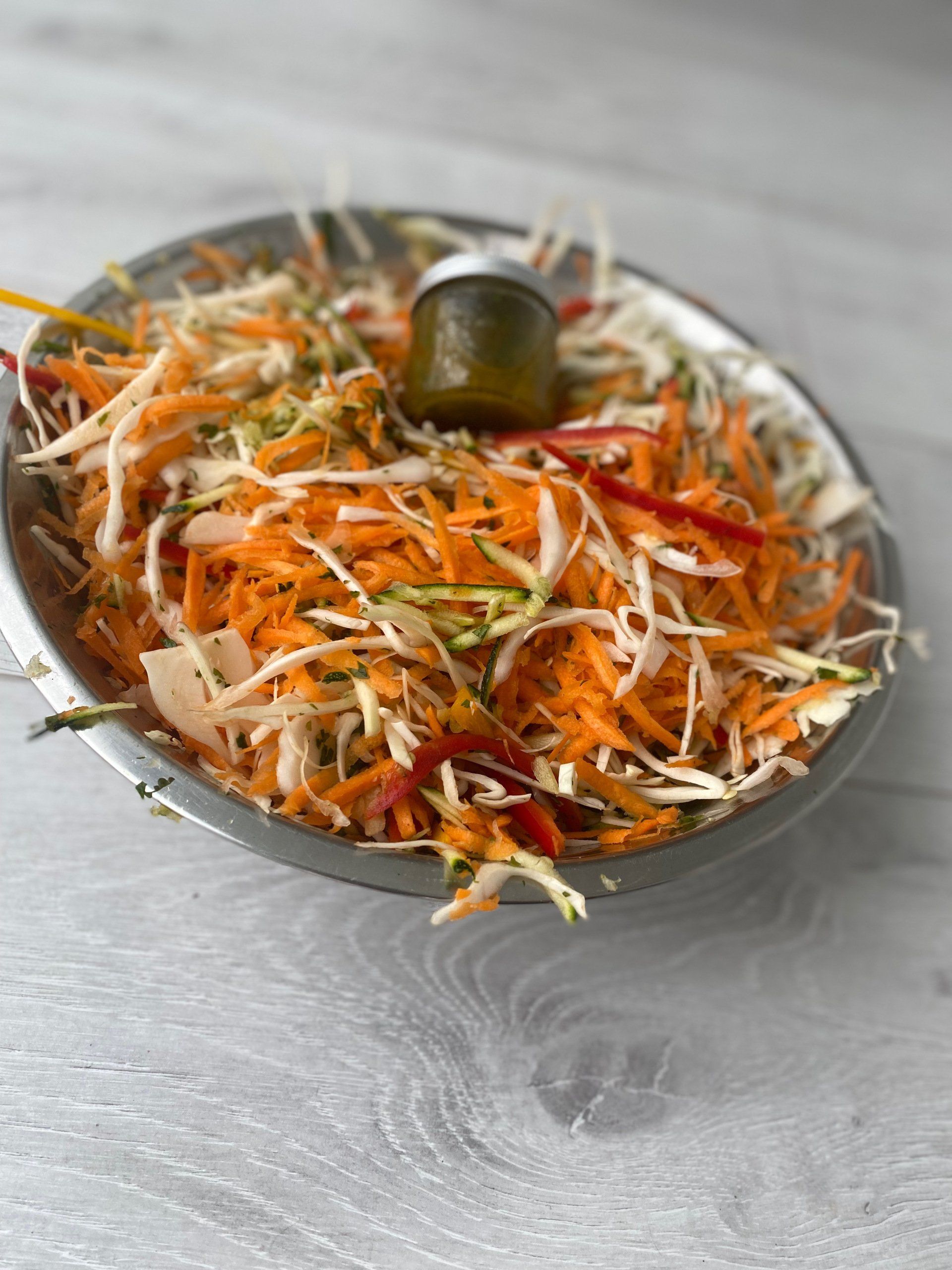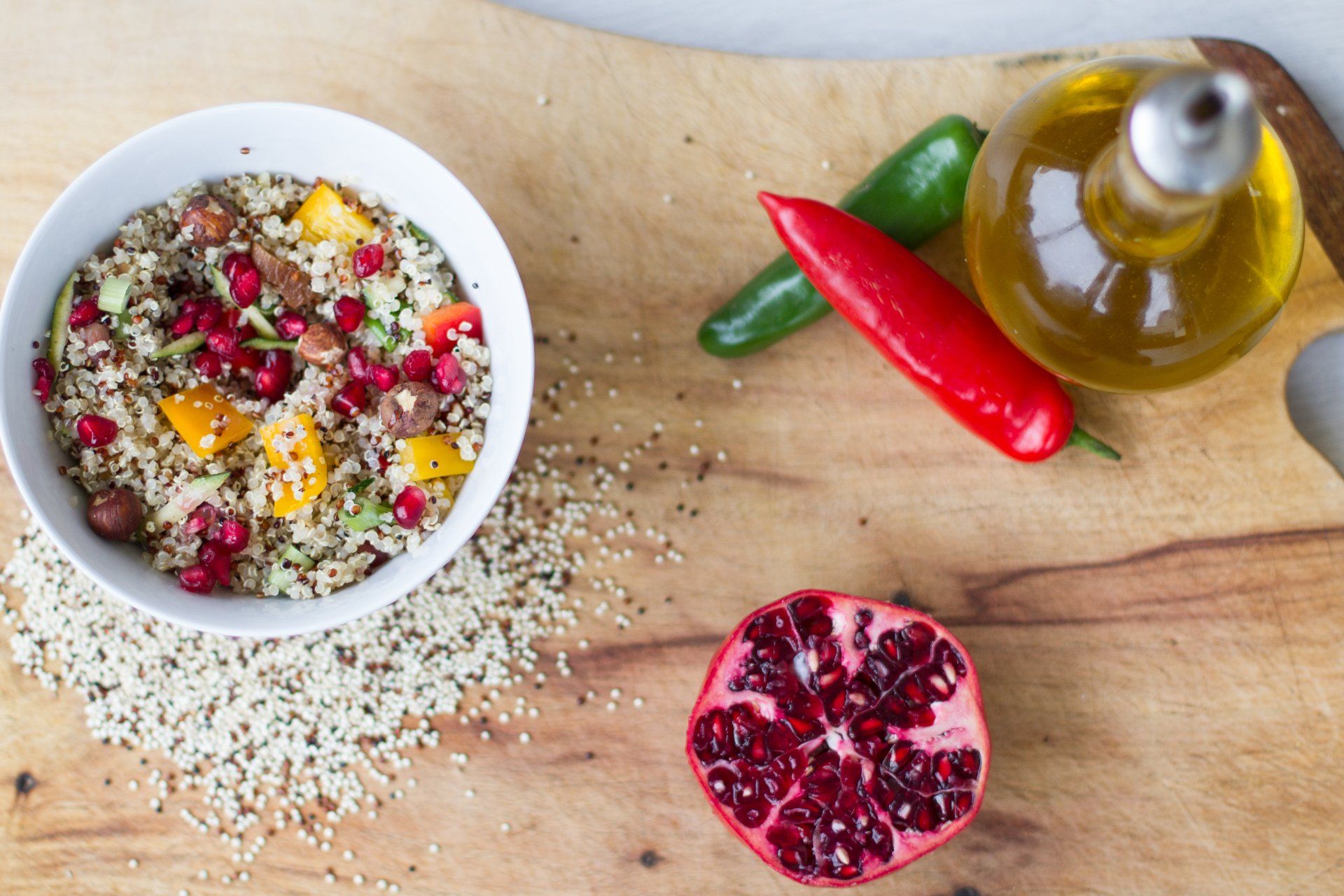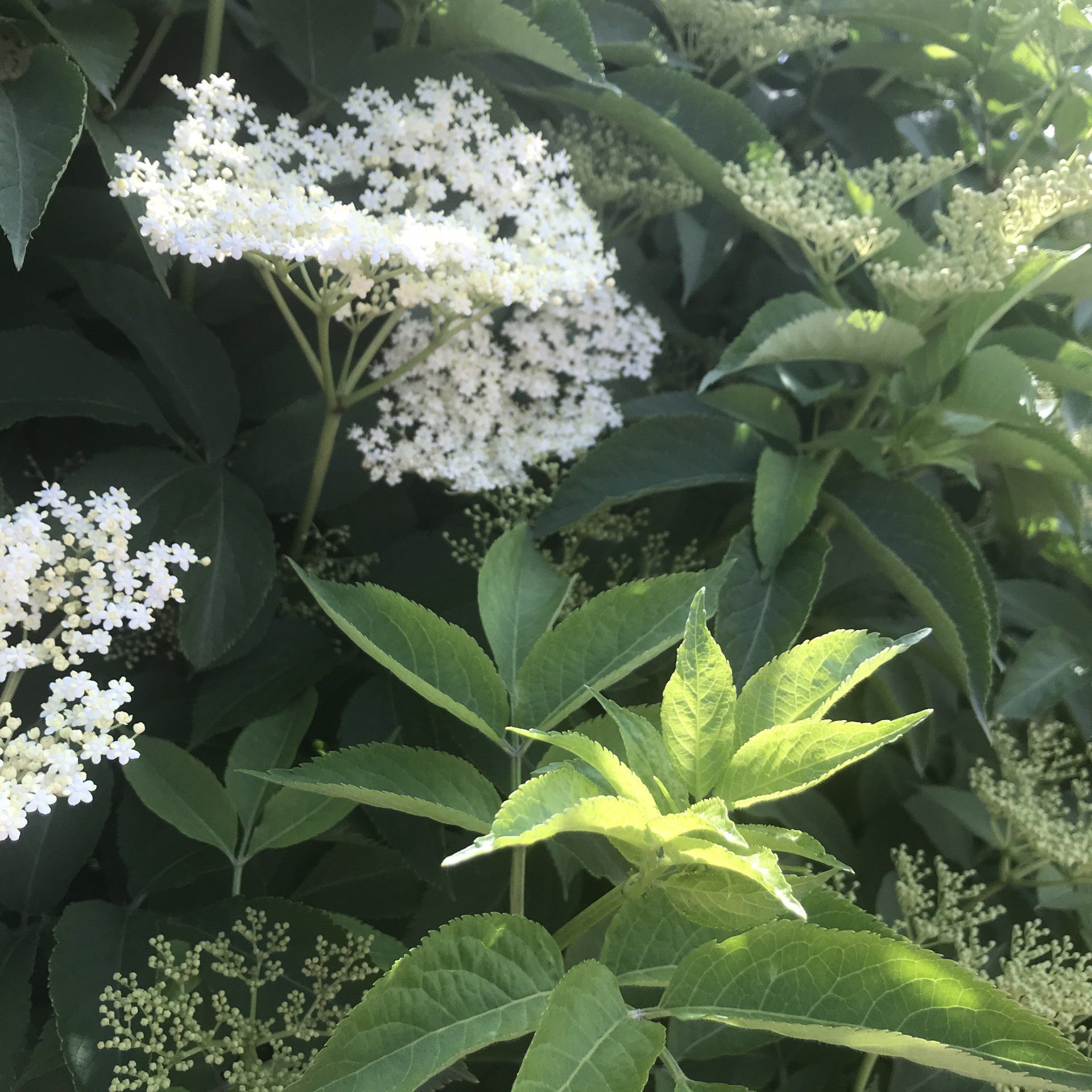World Menopause Day: What’s Food Got To Do With It?
Food as a daily lever to steady symptoms, energy, mood, bones, and heart health
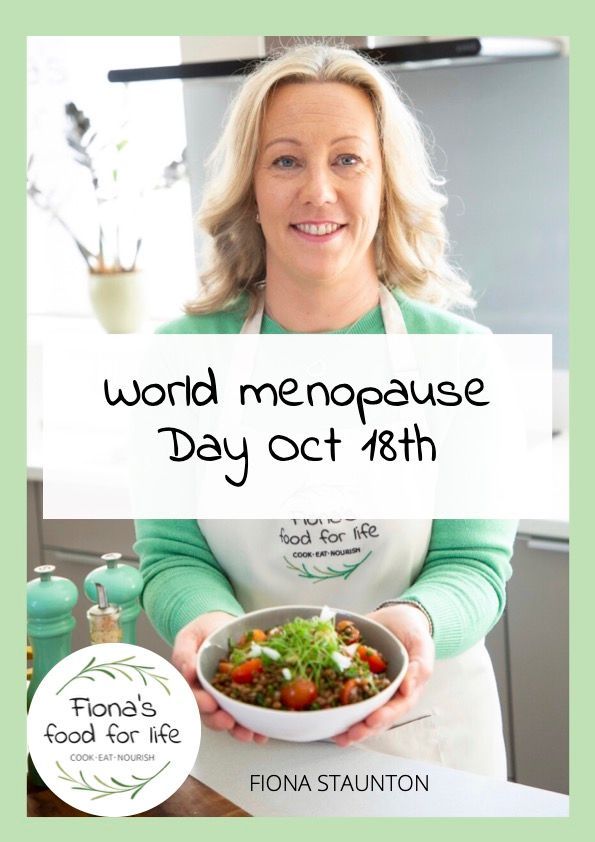
World Menopause Day falls on 18 October each year,
I’m often asked:
“Can what I eat really make a difference to menopause?” Short answer—yes. Food won’t replace medical care, but it can ease common symptoms, protect long-term health, and make daily life feel steadier. This post shares the practical, no-nonsense foundations I teach in my
Cook & Thrive 6-week programme— useful bits you can put on your plate today.
Why nutrition matters more in midlife
From perimenopause through post-menopause, oestrogen levels fluctuate and then decline. That shift can ripple through sleep, mood, body temperature, gut comfort, blood sugar, bones, heart, and muscle mass.
Food is one of the levers you control every single day. The goal isn’t “perfect eating”—it’s steadying the system:
- Smooth blood sugar to help mood, energy, and cravings.
- Build and protect muscle and bone to support strength and metabolism.
- Soothe hot flush triggers and support sleep.
- Look after heart and gut health for the long run.
The Cook & Thrive foundations (what to prioritise)
1) Protein at every meal
Protein becomes non-negotiable for muscle, bone, and satiety.
- Aim for 1–2 palm-sized servings per meal (roughly 25–35g protein): eggs, Greek yoghurt/skyr, tofu/tempeh, beans and lentils, fish, chicken, lean meats.
- Pair with resistance movement (even body-weight basics) for real results.
2) Fibre + colourful plants for your gut and hormones
Fibre helps balance blood sugar, supports a healthy microbiome, and keeps you regular—useful when hormones are changing.
- Target 25–35g fibre/day: oats, rye, barley, beans, lentils, chickpeas, berries, pears, leafy greens, nuts, seeds.
- Go for “eat the rainbow”—deep greens, reds, oranges, purples—daily.
3) Healthy fats for heart, brain, and inflammation
- Omega-3s: oily fish (salmon, mackerel, sardines), or chia, flax, walnuts.
- Cook with extra virgin olive oil, add avocado, nuts, and seeds.
4) Bone basics: calcium, vitamin D, magnesium
Bone density drops faster after menopause.
- Include dairy or fortified alternatives, tinned salmon with bones, tofu set with calcium, leafy greens, almonds, sesame/tahini.
- Vitamin D is harder to get from food alone—speak to your GP about your status and any supplement needs.
- Magnesium-rich foods (pumpkin seeds, dark leafy greens, legumes, cocoa) can support relaxation and muscle function.
5) Phytoestrogen foods (especially helpful for some)
Natural plant compounds that can gently support symptoms for some women.
- Soy foods (tofu, tempeh, edamame), flaxseed, and legumes.
- Aim for consistent, moderate intake rather than one-off “superfood” doses.
6) Hydration and hot flush awareness
- Sip water or herbal teas through the day.
- Track personal triggers for flushes/night sweats—often alcohol, caffeine, spicy food, or large late meals. Reducing or shifting timing can help.
7) Blood sugar balance (your daily anchor)
Every Cook & Thrive recipe is built on the Power of the Pairing:
- Protein + fibre + healthy fats at most meals/snacks to blunt spikes.
- Build plates around whole foods first; keep refined sugars and ultra-processed choices as “sometimes” foods.
What might a steady day look like?
- Breakfast: Protein oats—oats simmered with milk (or fortified plant milk), stirred with Greek yoghurt, ground flaxseed, a handful of berries, and chopped walnuts. I'm currently loving @thedoctorskitchen overnight oats.
- Snack: Apple slices with almond butter, or skyr with cinnamon.
- Lunch: Red lentil dahl or a bowl of mixed leaves, roast veg, lentils or chickpeas, olive oil-lemon dressing, feta or tofu.
- Snack: Hummus with rye crackers or carrots, or a small portion of roasted seeds.
- Dinner: Roast chicken tray bake lots of veggies with baby potatoes and minimal effort.
- Evening wind-down: Chamomile or magnesium-rich cocoa (unsweetened cocoa + warmed milk, lightly sweetened if needed).
Simple kitchen swaps that add up
- White to whole: choose wholegrain bread/pasta/rice, or mix half-and-half.
- Add beans: stir a tin of lentils into soups, sauces, or mince dishes.
- Boost breakfast: add 2 Tbsp ground flaxseed to porridge or yoghurt.
- Plant-forward proteins: Try tofu once a week—crisp in a pan, glaze, and add to bowls.
- Tray bake suppers: proteins + veg + olive oil + herbs, roast, done.
- Smart sweet: keep fruit + nuts handy to crowd out grazed sweets.
- Sunday prep: cook a grain, roast a tray of veg, and make a vinaigrette—your weekday self will thank you.
Common symptoms & food strategies
Hot flushes/night sweats
- Track triggers (alcohol, caffeine, very spicy food, late heavy dinners).
- Support with steady blood sugar, hydration, and magnesium-rich foods.
Sleep disturbances
- Build a calming evening routine: lighter dinners, herbal teas, limit alcohol.
- Balanced carb + protein at dinner (e.g., salmon + quinoa) can help.
- Keep caffeine to the morning.
Mood and brain fog
- Prioritise omega-3s, B-vitamin-rich whole grains, and regular meals.
- Avoid long gaps without food; pair carbs with protein.
Weight creep
- Focus on muscle-supporting protein, resistance training, and fibre.
- Rather than strict dieting, use portion awareness and build high-volume, veg-rich plates.
Bloating/constipation
- Increase fibre gradually and drink water.
- Include fermented foods (live yoghurt, kefir, sauerkraut) if tolerated.
Frequently asked (quick, honest answers)
Do I need to give up bread/pasta forever?
No. Choose wholegrains most of the time and pair with protein and veg.
Is soy safe?
For most women, yes—minimally processed soy foods (tofu, tempeh, edamame) are nutritious. If you have a specific medical history, check with your clinician.
What about supplements?
Food first. Then test, don’t guess—discuss vitamin D, iron, or B12 with your GP based on your needs.
Can I drink alcohol?
Personal choice. Many find fewer hot flushes and better sleep with
less alcohol, especially late or daily drinking.
How we structure change (the Cook & Thrive rhythm)
Each week of my 6-week approach layers one skill so it sticks:
- Blood Sugar Basics – build satiating plates and snacks.
- Protein Power – simple ways to hit targets without overthinking.
- Plant Diversity – make fibre delicious and realistic.
- Healthy Fats & Heart Health – olive oil habits, oily fish, smart swaps.
- Bone Support – practical calcium, vitamin D and magnesium routines.
- Sustaining It – batch-cooking, meal templates, and navigating busy weeks.
You don’t need to do everything at once—one small upgrade per week compounds beautifully.
A gentle nudge before you go
Menopause is a season, not a character flaw. If your current routine feels chaotic, start with one of the swaps above and repeat it until it’s boringly easy. Then add another. If you have medical questions or complex symptoms, always chat with your GP or specialist—and remember, nutrition sits alongside any medical treatment, not instead of it.
If you’d like more practical recipes and structure, my Cook & Thrive classes at Fiona’s Food for Life are built to be cooked in real kitchens by real people with real lives. But whether you join me or not, I hope today gives you permission to make food your ally this World Menopause Day and beyond.


